LCD Timing Controllers – Technology and Features
Every display panel has a timing controller (TCON), which is the only active component inside a display.
Different displays use different types of TCONs. In this article we will be talking about TCONs for the IT market: LCD (Liquid Crystal Display) notebook PCs and monitors.
An LCD panel has millions of Red, Green, and Blue (RGB) liquid crystals that are used to block a white backlight when electrical voltage is applied to them. High voltage signals to each individual pixel control how much of the backlight to block. A white display means nothing is being blocked. A black display means all three colors are blocked at maximum effort.
The strength of the filtering determines the Contrast Ratio. The brightness of the backlight determines the intensity of the display. Varying levels of filtering produce the different colors. The speed of the voltage adjustment affects the pixel response time.
TCONS direct the high voltage driver chips that move the color filters and are usually found on a circuit board that sits below the glass panel (Fig. 1).
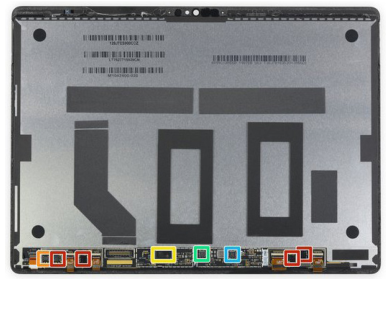
Fig. 1 TCON on circuit board below the glass panel
Analogix specializes in TCONs, not the other components in a panel.
TCON Interfaces
GPUs like Nvidia, AMD, and Intel’s integrated graphics send out their signals using an embedded DisplayPort (eDP connection).
eDP was developed to be used specifically in embedded display applications such as notebooks, noteback PCs, all-in-one PCs. It is based on VESA DisplayPort ™ standard, same electrical interface and can share the same video port on the GPU (Fig. 2).
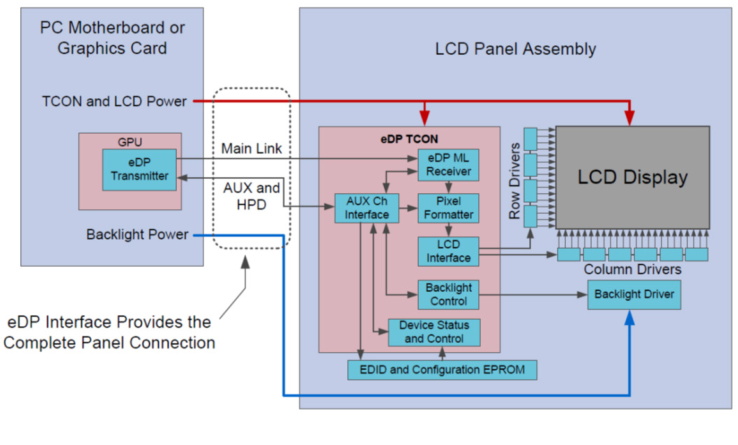
Fig. 2 eDP TCON interface system
eDP connections are fast, use few wires, and are flexible for size, bandwidth and adding features eDP provides all panel connections in one plug, including power, data, and control signals. This is Analogix’s specialty.
eDP will replace LVDS over the next few years, adding new system capabilities while reducing system cost, power, and size.
ARM processors usually use MIPI connections. MIPI connections require more wires but are lower power than eDP. They usually only work for screen sizes up to 10 inches
TV Systems usually use Vx1 connections, which are very tolerant to different cable types.
TCON Features
While the GPU is responsible for transforming mathematical equations into individual pixels and frames, a TCON takes the individual frames generated by the GPU, corrects for color and brightness, then sends out parts of the image to each individual driver at the panel’s specific timing.
The TCON is usually part of the panel design, while the GPU is on the motherboard.
The TCON plays a role in:
- Brightness (HDR)
- Color
- Touch
- Refresh rate
- Power savings
Brightness
The human eye has an incredible dynamic range. That means we can see both very dark images and very bright images, at the same time. However, neither camera sensors nor display panels can display that range. Your camera generates HDR images by using images from multiple exposures to combine the brightest and darkest parts of the picture. This increases the contrast (dynamic range) between light and dark, pulling out details from darkened or washed out areas.
HDR accurately maps real world color and luminance to a display panel. VESA DisplayHDR™ standard specifies HDR quality, including luminance, color gamut, bit depth, and rise time.
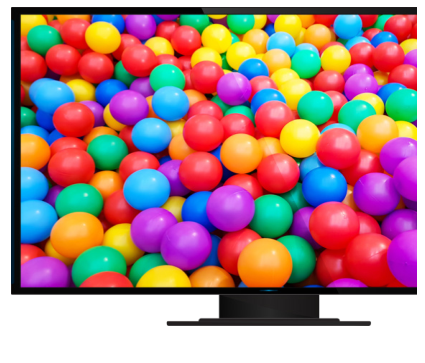
Fig. 3 Analogix technology has produced the first VESA DisplayHDR400™-certified TCON enabling higher contrasts and more vibrant colors (ANX2403).
Display panels have difficulty displaying a wide range of brightness. Normal sunlight can reach 10,000 nits, but the backlight on most notebooks today is around 250 nits
VESA has introduced specifications* for notebook and monitor HDR panels:
- VESA DisplayHDR™ 400
- VESA DisplayHDR™ 500
- VESA DisplayHDR™ 600
- VESA DisplayHDR™ 1000
*The number refers to the maximum nit level of the panel.
VESA DisplayHDR requires the panel to meet minimum brightness, contrast, and color. No panel can reach 10,000nits of natural light. The brightest a 250nit notebook panel can produce is 250nits and any image above 250nits is washed out. Also, no details from 250 nits to 10,000nits can be seen.
The HDR400 specification requires 1000:1 contrast ratio. This is difficult because even at full voltage, the liquid crystals cannot block 100% of the backlight. That is why you always know when your TV is on, even if there is nothing on the screen.
The HDR400 specifications require a dimmable backlight which helps with both producing darker blacks and lowering the power consumption. Tone mapping is used to map the whole range of 10,000 nits down to what the panel can handle, so the details can be seen. Tone mapping does not increase the brightness of the panel; it only makes the details visible.
Dimming Control
VESA DisplayHDR600 Requires local dimming. No LCD panel can reach the VESA DisplayHDR600 requirement of 6000:1 contrast ratio. However, this can be overcome with local dimming.
For the really bright areas, the backlight needs to be very bright. For the really dark areas, the backlight needs to be very dark.
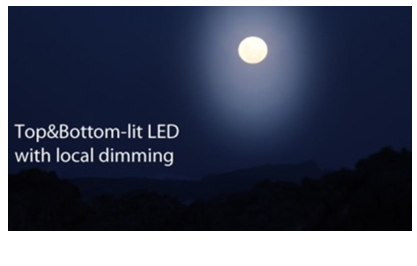
Fig. 4 Local Dimming
For example, a 750:1 contrast panel requires 8 different backlight power settings to reach 6000:1 contrast ratio. However, unless there are thousands of separate regions, local dimming always produces halos around the bright areas. In order to reduce the halos, the following are recommended:
- Increase the number of segments;
- Increase the off-axis panel contrast ratio and reduce the contrast ratio difference between perpendicular and 45 degree off-axis;
- Increase the EOTF-2084 Tracking Accuracy. Panel nit level should match source request with both high and low values;
- Limit the adjacent segment difference (in TCON). This reduces contrast ratio and power savings for reduced halo. It’s recommended cutting backlight power by half on each adjacent segment;
- Do not completely turn off the backlight (in TCON) but keep some minimum non-flicker power even when the segment should be full dark.
VESA DisplayHDR400 requires global dimming (Fig. 5) which adjusts the backlight as a whole. However, a bright region lights up the whole screen.
Monitors can use a direct backlight with many regions. An extra layer of liquid crystal can be used to dim the backlight at a specific location but this often results in a panel that is too thick for a notebook.
Notebook backlights use LEDs on the edge of the panel to reduce panel thickness. These can be on 1 side, 2 sides, or all 4 sides. Each edge adds to cost and bezel size.

Fig. 5 Global Dimming
Global Dimming Power Savings - Figure 6 shows a 15.6” UHD panel with 400nit maximum brightness. Figure 7 shows a comparison of backlight power consumption values between 400nit, 50nit and, respectively 5nit.
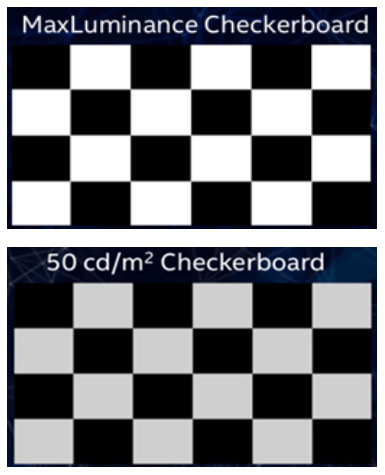
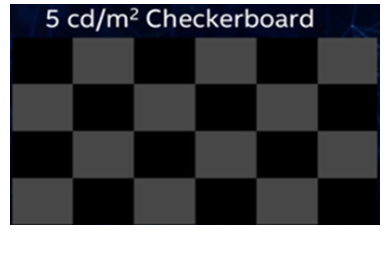
Fig. 6
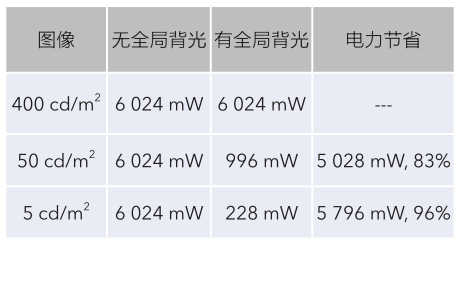
Fig. 7 Backlight Power Consumption
Color Management
The primary goal of color management is to obtain a good match across color devices; for example, the colors of one frame of a video should appear the same on a computer LCD monitor, on a TV screen, and as a printed poster. Color management helps to achieve the same appearance on all of these devices, provided the devices are capable of delivering the needed color intensities. Color management cannot guarantee identical color reproduction, as this is rarely possible, but it can at least give more control over any changes which may occur.
A PC in HDR and SDR modes use different color gamut but the same screen. Dual-panel phones and notebooks need the color of the two sides to match perfectly. Graphic artists for web sites, movies, video games, etc., need to know what they are creating looks the same on their screen as on their customers’ screens.
As panels improve, the color space of new panels may exceed the color space from Windows. This results in displays which look oversaturated. There is a trend towards low blue light or “night shift” panels, while still retaining color accuracy for the other colors. Today, low blue light panels are created by measuring each individual panel, then hoping that the yield is high enough.
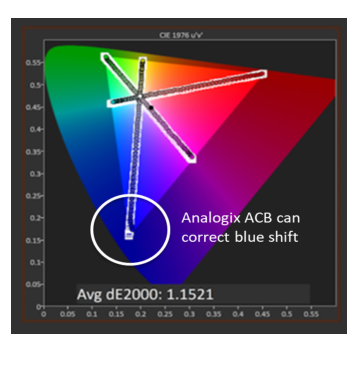
Fig. 8 – Analogix’s ACB can correct blue shift
Analogix’s Advanced Color Blocking (ACB) technology is used to create consistent image quality across different panels and change color space for different usage modes (Fig. 8). It allows for 3D color gamut rotation in the optical color domain rather than the RGB domain and color space change on the fly, such as color mapping of BT.2020 source to sRGB or DCI-P3 panels. It includes LUT shadow registers and hardware transition calculations (to smooth changes).
Color conversion in the TCON can dynamically and continuously adjust the incoming signal from the GPU for a low blue light color space. This way, no individual panel measurement is needed and yields should increase. While this can also be done by the GPU itself, that takes GPU bandwidth and 500x more power.
Power Saving Technology
Panel Self-Refresh (PSR) – frame buffer in a TCON can maintain a display image without receiving video data from the CPU. For a still image, this allows the GPU to enter a low-power state and the eDP main link to turn off. Allowing the GPU to power down between display updates will save significant power and extend battery life.
Except when watching a movie or playing a game, there are many times when the video does not change for multiple frames. PSR saves power for full-screen images.
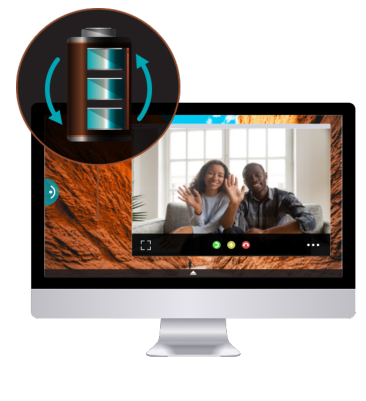
Fig. 9 – Panel Self Refresh extends battery life
Panel Self-Refresh with Selective Update (PSR2) is a superset of the panel self-refresh feature and it allows the transmission of modified areas within a video frame with obvious benefits when watching a movie or playing a game. PSR2 identifies when only a portion of the screen is static, which is a selective update. In PSR2, when the full screen is static, the refresh rate can be lowered for further power savings as done by Intel Low Refresh Rate (LRR). Intel LRR lowers the refresh rate by changing pixel clock or by changing vertical blank depending on the scenario such as idle, playing video, browsing, etc. All Analogix TCONs support Intel LRR.
Adaptive-Sync™, G-SYNC™, FreeSync™
Adaptive-Sync is a trademark of VESA | G-SYNC is a trademark of Nvidia | FreeSync is a trademark of AMD
Displays are refreshed at a frequency of 60Hz. However, GPUs refresh displays whenever they are ready. This technology synchronizes GPU output with display refresh by dynamically changing the refresh rate without needing any mode change with a focus on reducing stuttering, tearing, and input lag.
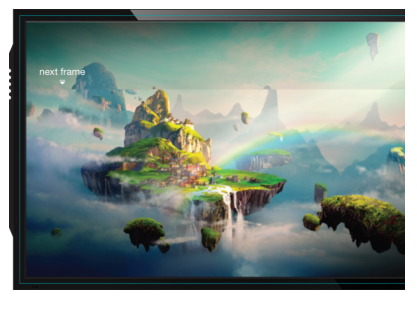
Fig. 10 Synchronize panel refresh with GPU update to eliminate tearing and stuttering
Dynamic Overdrive
LCD overdrive technology compensates for the response time of the LCD panel itself, which sharpens moving images.
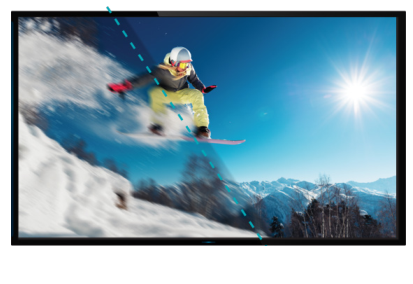
Fig. 11 LCD Overdrive sharpens motion pictures
Dynamic overdrive changes the overdrive parameters depending on the situation. Overdrive and PSR can share the same frame buffer. This enhances the experience of all kinds of applications including gaming and video editing.
In-Cell Touch
In-Cell Touch embeds the touch function in the display itself, the panel including all the touch sensors, controllers, and needed processing. This simplifies the production process and reduces weight and reflection by removing the cover glass. It also allows for thinner bezels as there is no need for daughter cards and no separate wires for touch, as well as lighter devices as the cover glass is removed.
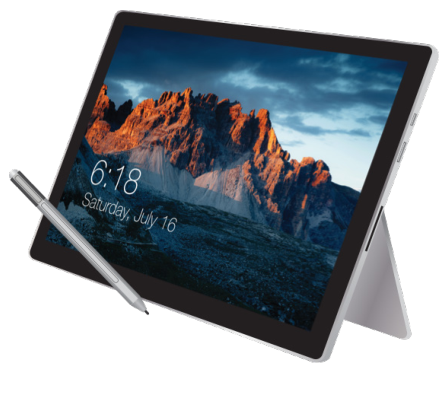
Fig. 11 – Finger and stylus touch
eDP 1.4 panels with in-cell touch are cheaper than eDP 1.2 panels with add-on touch.
Analogix has pioneered the in-cell touch notebook panel TCONs. About 15% of notebooks support touch and we expect the touch attach rate to increase as more active pen support is introduced.
